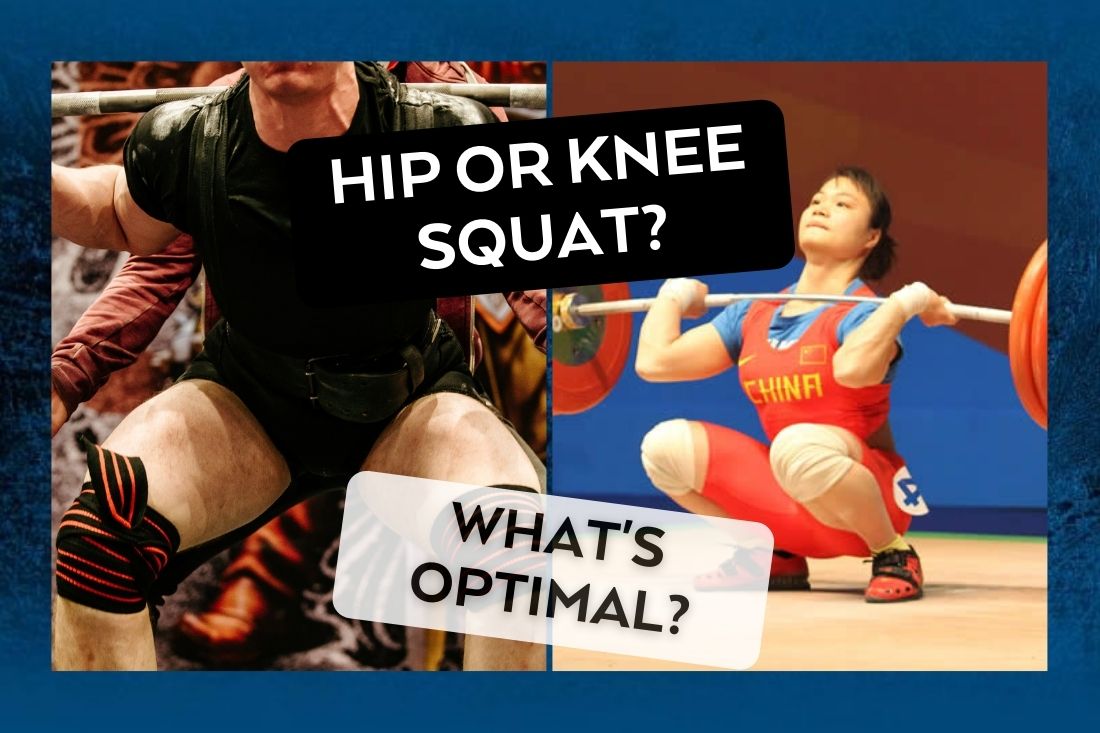Let’s talk about SQUATS.
Squats are a pretty great full-body exercise. They train the strength and stability of your legs, glutes, back and core.
If you look around the gym on a squat day, you’re bound to see all different kinds of squats. High bar squats, low bar squats, front squats, overhead squats, the list goes on.
So, what makes a squat, a squat?
Some parts are always the same, regardless of body proportions. At the bottom of a squat:
- Knees move forward over the toes & in line with the middle toe
- Hip crease sinks below the top of the kneecap
- Torso is parallel with shins
HOWEVER. There is no “one squat fits all”.
We are all different, and therefore all our squats will look different. This is why it’s so important to do a movement screen before you squat with us – so we know which squat variation best suits you.
Your body proportions can affect how your squat looks – do you have long or short legs? Which leg bones are longer (shin vs. thigh?)
We learn these crucial points with our movement screen findings. How do they impact a squat?
Everyone’s anatomy is different and for some people the length of their thighs vs. shins may differ significantly. People with longer shins relative to their thighs will adopt a more upright position, their knees track over their toes, and they squat deep. If we switch this to someone with longer thigh length compared to their shins, they usually lean forward, hips push back more and squat depth reaches parallel or just below.
The length of your torso can also affect your squat position the same way. Someone with a longer torso relative to legs will squat more upright than a person with a shorter torso relative to legs.
We’ve covered how body proportions can change your squat. Now here’s an example of it in action!
In the video, you can see Jake and Hannah demonstrating their squats. Notice how their squat positions are different?
Here’s the breakdown:
Jake’s Squat:
- Longer torso relative to legs
- Shorter thighs relative to shins
- Good ankle & hip mobility
- End result → A deep squat in an upright position with knees tracking over toes.
Ideal Squat = High bar or front. Why? The position of the bar allows for a more upright torso and more knee and ankle movement in the squat (uses more quads).
Hannah’s Squat:
- Shorter torso relative to legs
- Longer thighs relative to shins
- End result → A squat with hips pushed further back and a more forward leaning torso.
Ideal Squat = Low bar. Why? The low bar back squat allows more hip movement to push hips back into the squat and reach depth with a more inclined torso (less quads, more glutes).
Both squat techniques are safe to do, and Jake & Hannah’s squats work best for their bodies – this is the most important thing!
There is no “one squat fits all”, so find out what works best for you.
Author: Caitlyn Huth – Exercise Physiologist

